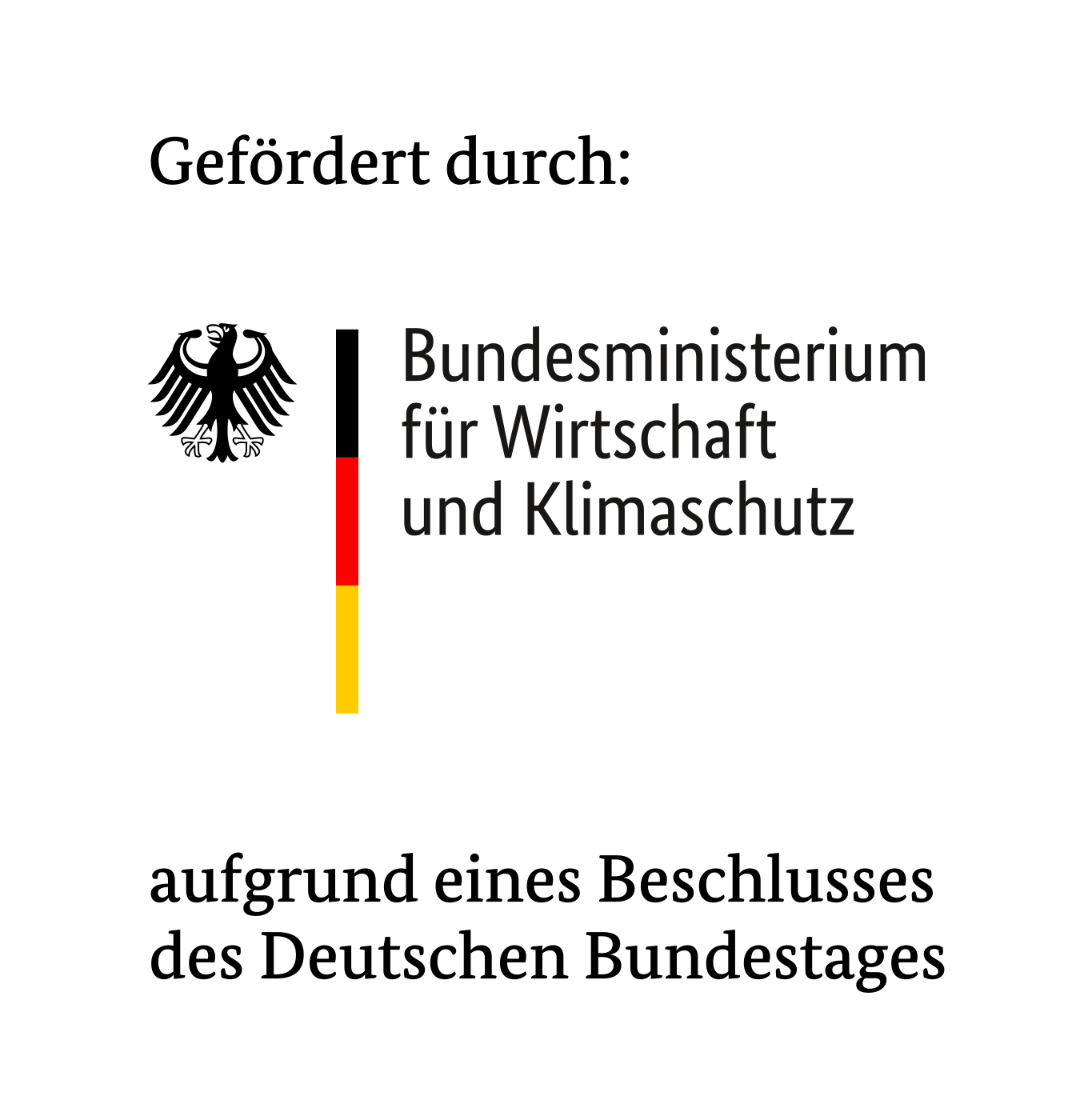Project-No. 22948 BG | EFDS Nr. IGF-20/11
project period: 01.07.2023 – 30.06.2025
research institution
Fraunhofer-Institut für Werkzeugmaschinen und Umformtechnik IWU, Chenitz
Fraunhofer-Institut für Schicht- und Oberflächentechnik IST, Braunschweig
Fraunhofer-Institut für Werkstoff- und Strahltechnik IWS, Dresden
Abstract
PEM fuel cells offer enormous potential for reducing greenhouse gas emissions. However, their current use is limited by uneconomical large-scale production. The aim of this project is to develop and test new production routes for metallic BPPs. This includes the combination of two different coating approaches and forming processes:
Solution approach 1: Here, functional carbon layer systems are produced that are intended to retain their high electrical conductivity and corrosion resistance even after forming. A comparison between ARC evaporation and magnetron sputtering is carried out here. HIPIMS is also taken into account.
Solution approach 2: In this new production method for BPP, contrary to the current state of the art, a metallically pre-coated plate is functionalized after forming by a plasma diffusion treatment in order to minimize defects as a result of forming and to avoid corrosion initiation sites.
Solution approaches for forming: Three different processes are to be used for forming (hollow embossing, embossing rolls, hydroforming). Integration of solution approaches from the PA: The participating PA and in particular the participating SMEs are given the opportunity to apply their own coatings and have them analyzed or evaluated in order to compare their own state of the art with that of research and to secure a technological advantage. The direct benefit of the research results for SMEs arises above all from the increased know-how regarding the properties and limits of the coating and forming processes investigated and their effect on the operating conditions of the BPP, which is developed together with participating large companies and scientific institutions. This knowledge gives the companies involved a competitive edge.




